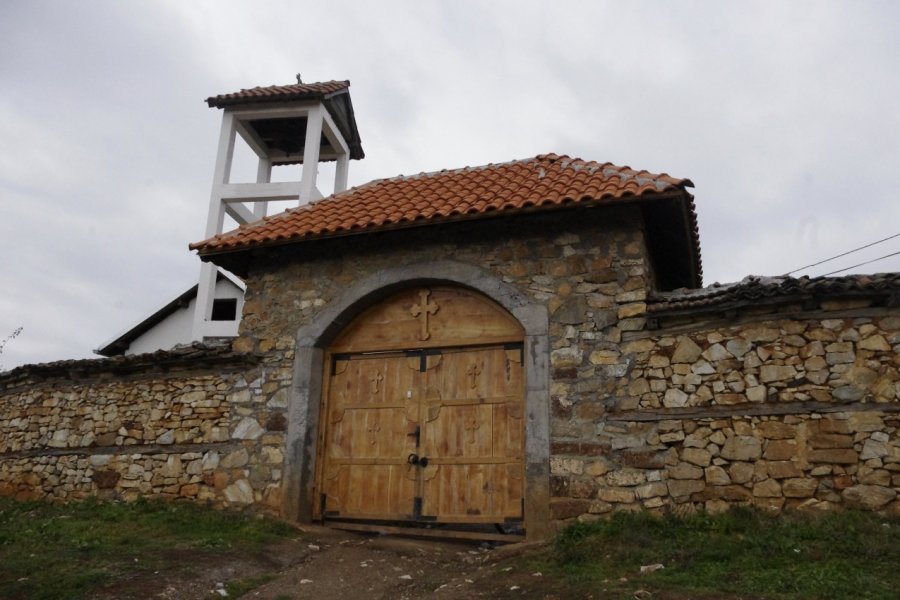Travel Guide Gjilan (Gnjilane)
Find an accommodation
Advertising
The city is called Gjilani/Gjilan in Albanian (pronounced "djiliânè"), Гњилане/Gnjilane in Serbian ("guiliané"). It has a population of about 54,000, 98% Albanian, and is the capital of the district of the same name (180,000 inhabitants, 5% of whom are Serbs). The city is located 30 km northwest of Прешево/Preševo (Serbia), 34 km northeast of Ferizaj/Uroševac, 52 km southeast of Pristina.The historical center of the Kosovo Pomoravlje (Anamorava in Albanian) valley, Gjilan/Gnjilane is the fifth most populous city in the country. Well served by bus and surrounded by orchards, this former Serbian stronghold of the Middle Ages has little charm today. Marked by an architecture inherited from the socialist period, the city lost most of its monuments during a terrible fire in 1830, then during the two world wars and finally following an earthquake in 2002. Of its past as a major Ottoman trading center, it retains only the name of the Albanian Gjinolli family who tried to rebuild the city in the 1870s. The war in Kosovo caused only minor destruction. But Gjilan/Gnjilane was the scene of major massacres after the end of the conflict: between June and October 1999, 80 Serbian and Albanian civilians were killed by Albanian nationalists from northern Macedonia and the nearby town of Preševo in Serbia. While Serbs represented 16% of the population of Gjilan/Gnjilane in 1998, they now number only about 700.
What to visit Gjilan (Gnjilane)?
Suggested addresses Gjilan (Gnjilane)
Weather at the moment
Advertising
Organize your trip with our partners Gjilan (Gnjilane)
Transportation
Book your plane tickets
Car Rental
Boat rental
Accommodation & stays
Find a hotel
Holiday rental
Find your campsite
Tailor-made trip
Immersion travel
Services / On site
Activities & visits
Find a doctor
Gjilan (Gnjilane) travel inspiration
Find unique Stay Offers with our Partners
Pictures and images Gjilan (Gnjilane)
Other destinations nearby Gjilan (Gnjilane)
5 km away
25 km away









